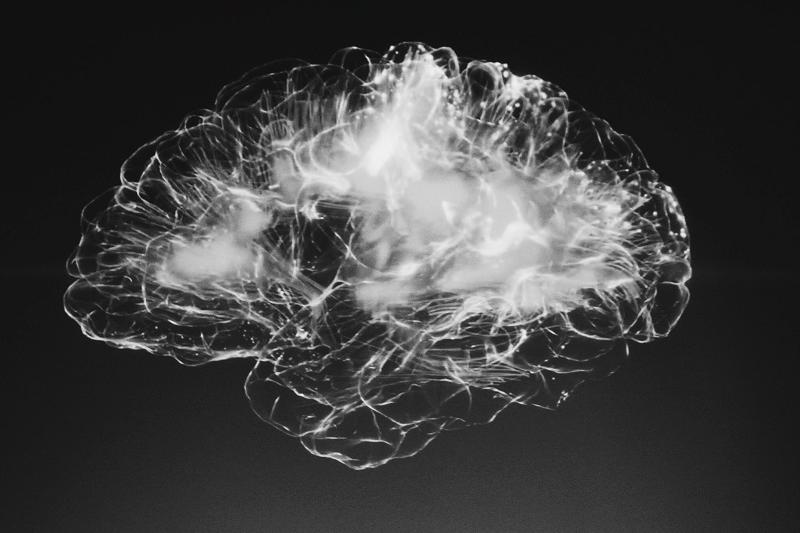

Breathing in polluted air could lead to toxic particles being transported from lungs to brain, via the bloodstream – potentially contributing to brain disorders and neurological damage, a new study reveals.
Scientists have discovered a possible direct pathway used by various inhaled fine particles through blood circulation with indications that, once there, the particles stay longer in the brain than in other main metabolic organs.
An international team of experts from the University of Birmingham and research institutions in China today published their findings in PNAS.
The scientists revealed they had found various fine particles in human cerebrospinal fluids taken from patients who had experienced brain disorders – uncovering a process which may result in toxic particulate substances ending up in the brain.
Co-author Professor Iseult Lynch, from the University of Birmingham, commented “There are gaps in our knowledge around the harmful effects of airborne fine particles on the central nervous system. This work sheds new light on the link between inhaling particles and how they subsequently move around the body.
“The data suggests that up to eight times the number of fine particles may reach the brain by travelling, via the bloodstream, from the lungs than pass directly via the nose – adding new evidence on the relationship between air pollution and detrimental effects of such particles on the brain.”
Air pollution is a cocktail of many toxic components, but particulate matter (PM, especially ambient fine particles such as PM2.5 and PM0.1), are the most concerning in terms of causing detrimental health effects. Ultrafine particles, in particular, are able to escape the body’s protective systems, including sentinel immune cells and biological barriers.
Recent evidence has revealed a strong link between high levels of air pollution and marked neuroinflammation, Alzheimer’s-like changes and cognitive problems in older people and even in children.
The team of scientists discovered that inhaled particles can enter the bloodstream after crossing the air-blood barrier – eventually reaching the brain, and leading to damage of the brain-blood barrier and surrounding tissues as they do so. Once in the brain, the particles were hard to clear and were retained for longer than in other organs.
Their findings offer new evidence in proving the risks from particulate pollution to the central nervous system, but the researchers recommend that more investigation is needed into the mechanics of how inhaled ambient fine particles reach the brain.

